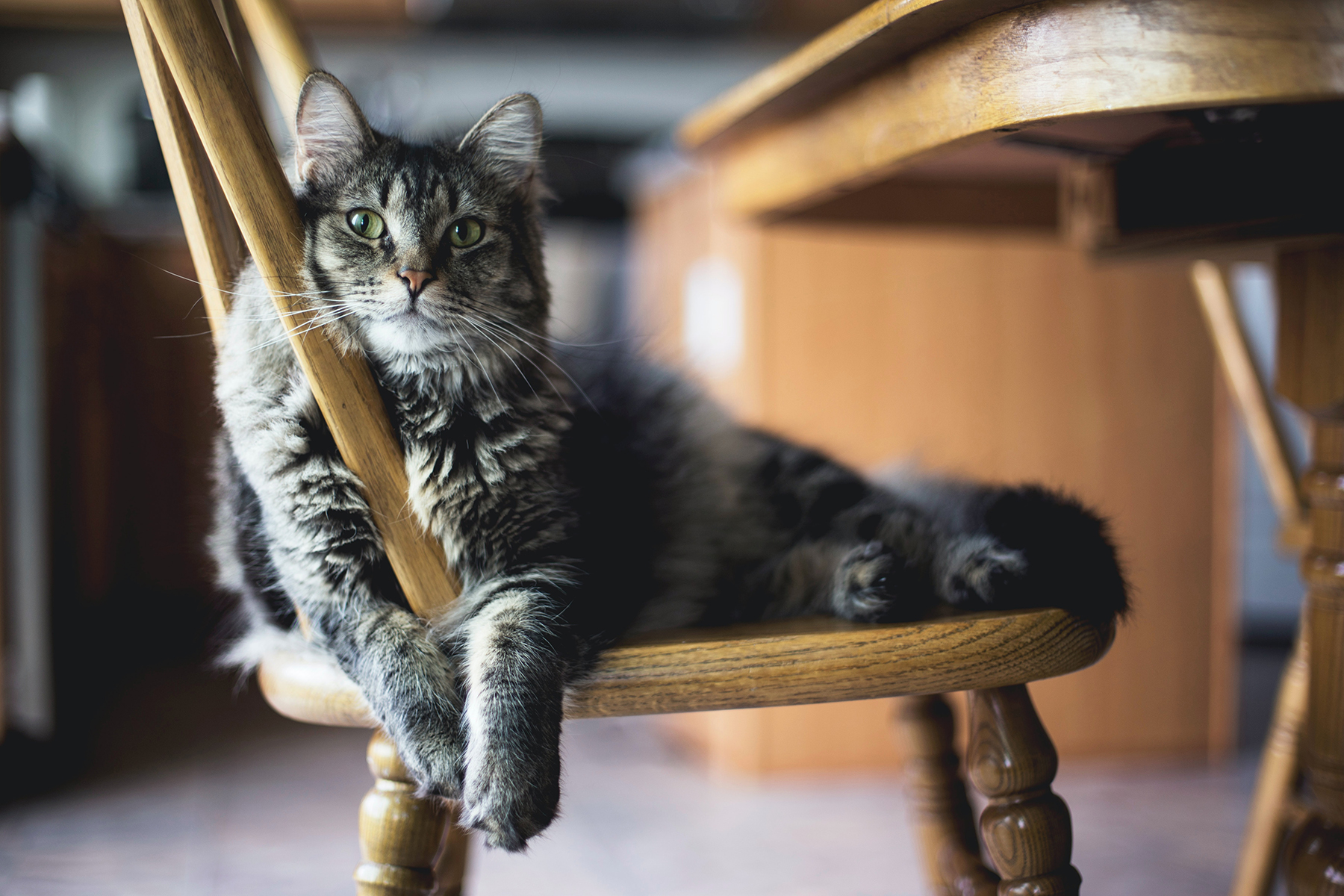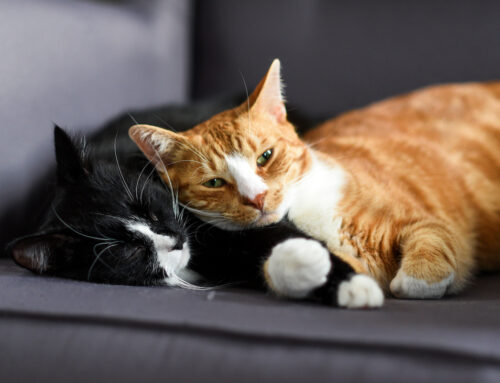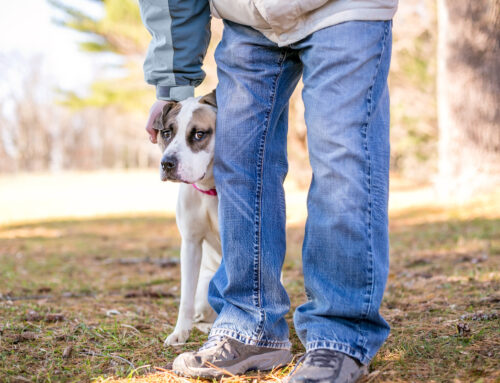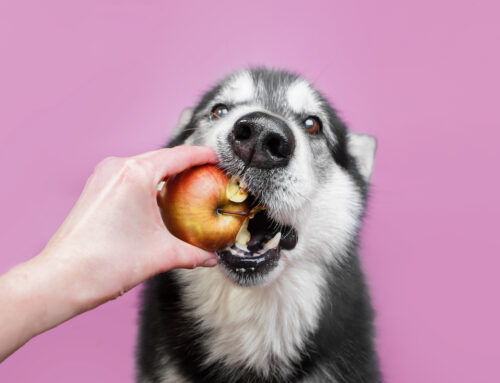Essential oils are huge today for people and for family pets. However, did you know that some pose a threat to your animals? That’s right: Your favorite holistic remedies may be toxic for your dog or cat. We’ve created this guide on essential oils and pets so you can keep your four-legged pals happy and healthy!
What Are Essential Oils?
Essential oils are the unstable, natural constituents of plants that add to their fragrance and taste. They are drawn out from plants through distillation or cold pressing. Essential oils are utilized in a range of applications: as insecticides, in aromatherapies, personal care items (e.g., antibacterials), flavorings, organic treatments, and liquid potpourri.
Due to the increased popularity and sudden interest in essential oils as a health aid, some pet owners are interested in using them for their pet’s ailments just like their own.
But, it is strongly recommended that you not use essential oils for pets. Why? Read on to find out.
Why Essential Oils for Pets Are a Bad Idea
Essential oils are quickly soaked up both orally and through the skin, and are then metabolized in the liver. While this doesn’t work as well for a lot of animals it’s particularly tricky for cats.
Cats, in particular, lack a vital enzyme in their liver and as such have difficulty metabolizing and getting rid of certain substances interpreted as toxic, like essential oils. Cats are also extremely sensitive to phenols and phenolic compounds, which can be found in some essential oils.
Essential oils that are known to trigger poisoning in cats include oil of wintergreen, oil of sweet birch, citrus oil (d-limonene), pine oils, Ylang Ylang oil, peppermint oil, cinnamon oil, pennyroyal oil, clove oil, eucalyptus oil, and tea tree oil.
Symptoms that develop depend upon the type of oil involved in the type of direct exposure. Symptoms may present as drooling, throwing up, tremors, ataxia (wobbliness), breathing distress, low heart rate, low body temperature level, and even liver failure.
Can I Diffuse The Oils for My Pets?
Passive diffusers work by vaporizing the oil, producing an enjoyable odor.
Types include: 1) reed diffusers, where the reeds soak up the oil and distribute its fragrance into the air; 2) heat diffusers like plug-in/electric oil diffusers, candle light burners, or table top warmers that utilize heat to evaporate the oil, 3) non-motorized, individual evaporative diffusers (pendant pendants, bracelets, and so on) that use room air currents to diffuse the scent, and 4) motorized diffusers that utilize a fan to blow air through a filter or pad that has actually been permeated with a vital oil (benefits of essential oils).
Even diffused oils can cause major issues with your feline friends. The main threat to cats from oils distributed through passive diffusers is breathing inflammation.
Main Cons of Diffused Essential Oils for Pets, Especially Cats
Inhalation of strong odors or fragrances can trigger some cats to develop a watery nose or eyes, a burning feeling in the nose/throat, queasiness resulting in drooling and/or throwing up, and problem breathing.
NONE of these signs are normal in cats. A coughing episode in a cat can be misinterpreted by owners as the cat attempting to vomit up a hairball. Nevertheless, in this case the cat bends low to the ground, with little to no abdominal motion that is more indicative of vomiting.
Felines suffering such symptoms need to be moved immediately into fresh air and need emergency veterinary treatment if their symptoms don’t go away once out in fresh air – essential oils for cats is a big no-no.
Cats with pre-existing respiratory concerns such as asthma, airborne allergic reactions, or cats exposed to pre-owned smoke from their human buddies, are at greater threat for establishing severe breathing inflammation than cats without such conditions.
The active diffusers vary from passive ones in that real microdroplets or particles of oil are emitted into the air in addition to the pleasant fragrance of the oil. Nebulizing diffusers (pressurized high-speed jet stream and an atomizing nozzle) and ultrasonic diffusers (electrical current causes an instrument to give off a vibration) fall under this category.
Depending upon how close the cat is to the dispenser, the necessary oil microdroplets might gather on the feline’s fur if it is the exact same space as the active diffuser. The oil can be either taken in straight through the skin, or consumed when the feline grooms itself.
It’s Best to Say No to Using Essential Oils for Pets, Especially Cats
Owners should be mindful using essential oils and diffusers in their houses in order to safeguard their feline(s) from a toxic danger.
We hope that this is helpful for you and your pets. Are you looking for a new vet? Check us out here at Animal Care Center.






